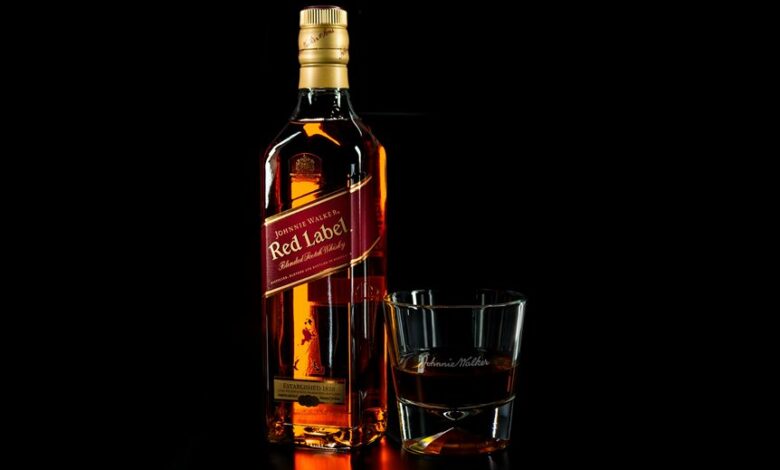Royal Stag Price

Royal Stag whisky presents a varied pricing landscape across India. In smaller towns, the cost can be as low as ₹350, while metropolitan areas see prices climb to ₹600. This disparity is influenced by local taxes, market demand, and distribution costs. Such dynamics highlight the brand’s strategic positioning in a competitive market. Exploring the factors behind these price variations reveals insights into consumer behavior and regional preferences that warrant closer examination.
Overview of Royal Stag
Royal Stag, a prominent brand in the Indian whisky market, is known for its distinctive blend of Indian grain spirits and imported Scotch malts.
Established in the 1990s, its brand history reflects a commitment to quality and innovation.
The production process combines traditional techniques with modern technology, ensuring a consistent flavor profile that appeals to whisky enthusiasts seeking both richness and smoothness.
Current Price Range in Major Cities
How does the pricing of Royal Stag whisky vary across major Indian cities?
City pricing reveals significant disparities; for example, prices range from ₹350 in smaller towns to ₹600 in metropolitan areas.
These variations reflect market trends influenced by demand, distribution costs, and local taxes.
Understanding these dynamics helps consumers navigate the whisky market effectively, ensuring informed purchasing decisions.
Factors Influencing Royal Stag Pricing
Pricing for Royal Stag whisky is influenced by a variety of factors that extend beyond mere production costs.
Key determinants include:
- Market demand fluctuations
- Production costs associated with raw materials
- Distribution expenses and logistics
- Competitive pricing strategies in the whisky market
These elements collectively shape the final pricing, reflecting both consumer preferences and operational realities in the whisky industry.
Comparison With Other Whiskey Brands
When comparing Royal Stag to other whiskey brands, several factors come into play, including price, taste profiles, and brand reputation.
Royal Stag typically occupies a mid-range price point, appealing to a broad audience while competing with both premium and budget options.
Taste profiles vary significantly across brands, influencing consumer preferences and perceptions of quality within the whiskey market.
Price Comparison Overview
What factors contribute to the competitive pricing of Royal Stag compared to other whiskey brands?
Analyzing consumer preferences and market trends reveals several key elements:
- Economies of scale in production
- Strategic branding and marketing
- Diverse price points to attract various consumers
- Availability of raw materials
These aspects enable Royal Stag to maintain an appealing price point, positioning it favorably within the whiskey market landscape.
Taste Profile Differences
While many whiskey brands strive for unique flavor profiles, Royal Stag distinguishes itself with a balanced blend of malt and grain whiskies that appeals to a broad audience.
Its flavor notes include hints of vanilla and caramel, complemented by a smooth finish.
In contrast, competing brands often present more complex aroma profiles, which may not resonate with those seeking simplicity and accessibility.
Brand Reputation Factors
Brand reputation in the whiskey industry is shaped by various factors, including quality, marketing strategies, and consumer perception.
Royal Stag’s standing can be compared with other brands through:
- Brand loyalty cultivated by consistent quality
- Innovative marketing strategies that resonate with consumers
- Public perception shaped by social endorsements
- Competitive pricing that attracts a broader audience
These elements collectively influence its reputation and market position.
Regional Variations in Pricing
Regional variations in the pricing of Royal Stag can be influenced by several factors, including state regulations and local market conditions.
In urban areas, prices may be higher due to increased demand and operational costs, while rural settings often see lower rates.
Furthermore, state-specific taxes and distribution practices play a significant role in determining the final retail price across different regions.
Pricing by State
Variations in pricing for Royal Stag whiskey across different states can be attributed to a range of factors, including taxes, distribution costs, and local demand.
Key contributors include:
- State regulations affecting pricing strategies
- Variability in state liquor taxes
- Differences in distribution logistics
- Local consumer preferences
These elements collectively shape the final retail price, reflecting the complex nature of regional market dynamics.
Urban vs. Rural Rates
While urban areas generally exhibit higher demand and consequently higher prices for Royal Stag whiskey, rural regions often reflect lower pricing due to diminished consumer interest and reduced competition among retailers.
Urban consumption trends indicate a preference for premium offerings, while rural preferences lean towards affordability.
This disparity in pricing underscores the significant influence of regional market dynamics on Royal Stag’s overall pricing strategy.
Tips for Purchasing Royal Stag
When considering the purchase of Royal Stag, potential buyers should be aware of several key factors that can enhance their selection experience.
Here are some purchasing tips:
- Attend tasting events for firsthand experience.
- Compare prices at different retailers.
- Check for promotional offers and discounts.
- Consider the bottle size that suits your needs.
Being informed can lead to a satisfying purchase.
Conclusion
In conclusion, the price of Royal Stag whisky exemplifies the intricate interplay of local market dynamics and consumer behavior across India. A casual observer might find it curious that a bottle priced at ₹350 in a small town can escalate to ₹600 in a bustling city, reflecting not just economic factors but also the unique cultural landscape of each region. Ultimately, this variability underscores the importance of informed purchasing decisions, allowing consumers to navigate the diverse offerings of the whisky market effectively.




